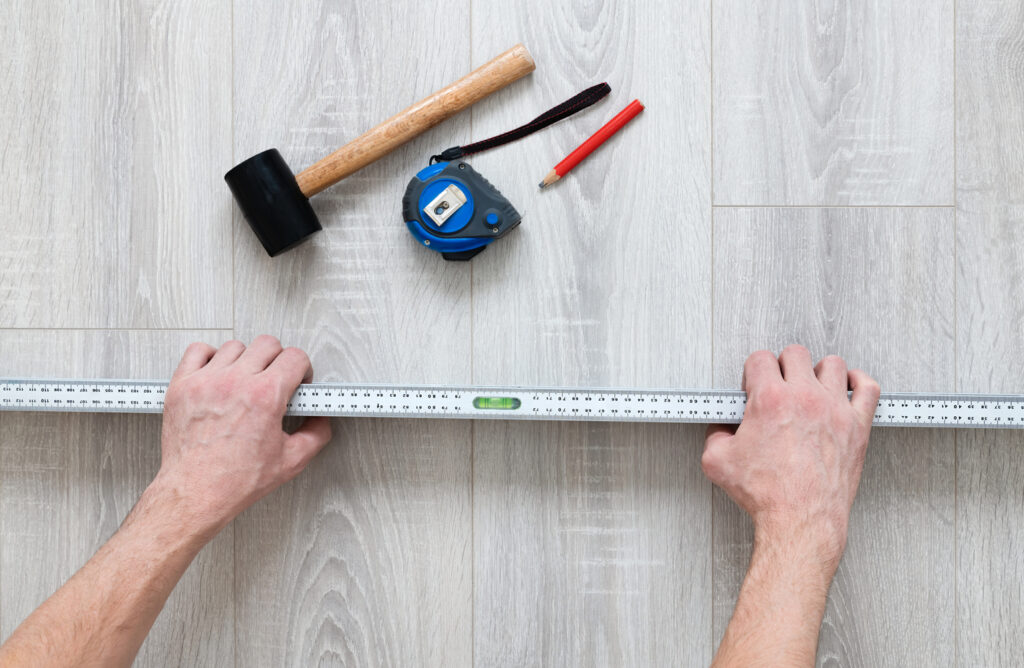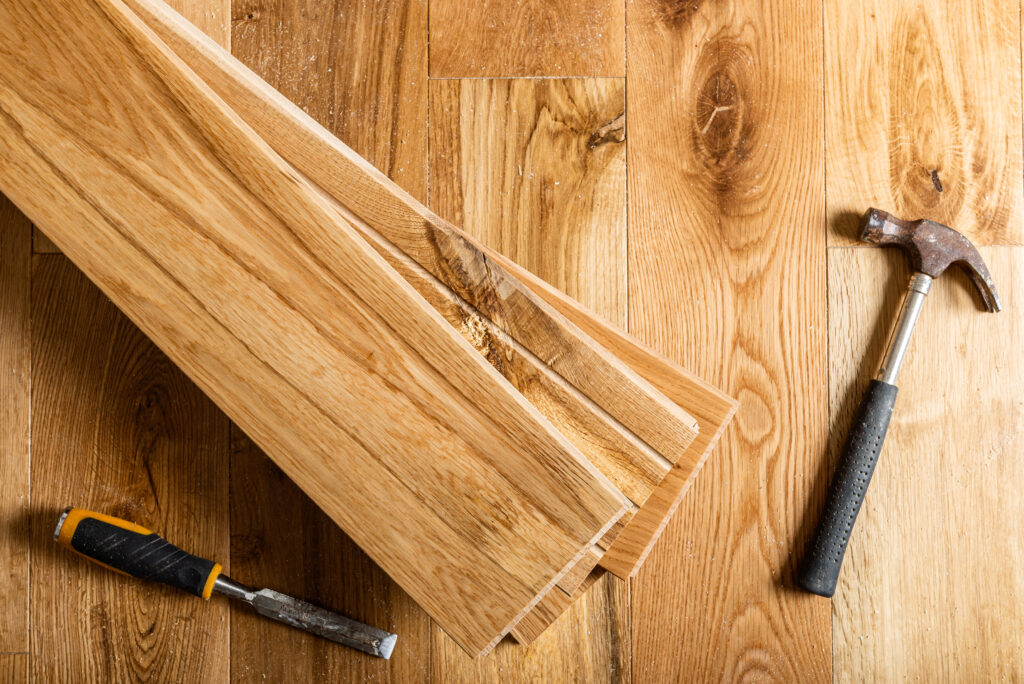Flooring is a popular choice for many homeowners due to its durability and aesthetic appeal. However, it is not immune to issues such as lifting, warping, bowing, and gaps. These problems can detract from the beauty of the floor and, in some cases, pose tripping hazards or lead to further damage. Understanding the causes and solutions for these issues is crucial for maintaining the integrity and appearance of wood flooring.

Causes
The primary culprit behind these common wood flooring issues is an imbalance in moisture levels. Wood is a hygroscopic material, meaning it absorbs and releases moisture from the environment. When there is excessive moisture, wood planks can expand, leading to lifting, warping, or bowing. Conversely, when the air is too dry, wood can contract, resulting in gaps between the planks.
- Warping and Bowing: These terms describe the bending of wood planks due to uneven moisture absorption or release. Warping can manifest as cupping, where the edges of a plank are higher than the center, or crowning, where the center is raised above the edges.
- Lifting: This occurs when wood planks detach from the subfloor, often due to the expansion of the wood pushing against fixed boundaries or insufficient adhesion.
- Gaps: Fluctuations in humidity can cause wood planks to shrink, creating spaces between them. These gaps can vary in size with seasonal changes in humidity levels.

Prevention
To prevent these issues, it is essential to control the environment around the wood flooring:
- Acclimatize the Wood: Before installation, wood flooring should be allowed to adjust to the humidity and temperature of its intended environment to minimize future movement.
- Maintain Stable Humidity Levels: Using humidifiers or dehumidifiers to keep indoor humidity levels consistent can help prevent wood from expanding or contracting excessively.
- Proper Installation Techniques: Leaving a sufficient expansion gap around the edges of the room allows the wood to expand and contract without causing lifting or warping. Additionally, ensuring the subfloor is level and dry before installation can prevent many of these issues.

Solutions
If you notice lifting, warping, bowing, or gaps in your wood flooring, taking immediate action can help mitigate the damage:
- Address Moisture Imbalances: Identify and eliminate the source of excess moisture or dryness. Use dehumidifiers, humidifiers, or increase ventilation as needed.
- Adjust the Affected Planks: In some cases, removing and repositioning or trimming the affected planks can alleviate stress on the wood and correct the issue.
- Consult a Professional: For severe cases or if you are unsure of the best course of action, seeking the advice of a professional flooring installer or a wood floor repair specialist is advisable. They can assess the situation and recommend the most effective solutions.

By understanding the causes and implementing preventive measures and solutions for lifting, warping, bowing, and gaps, you can ensure your wood flooring remains beautiful and functional for years to come.




